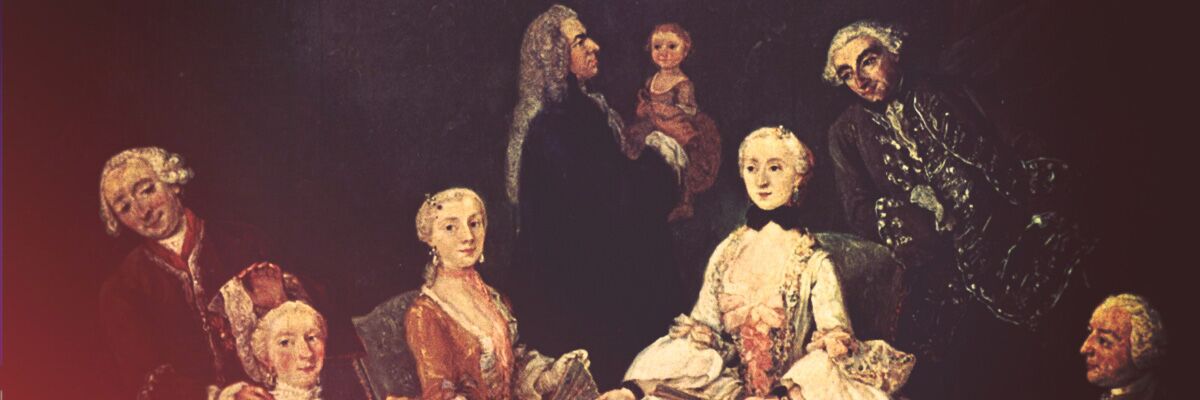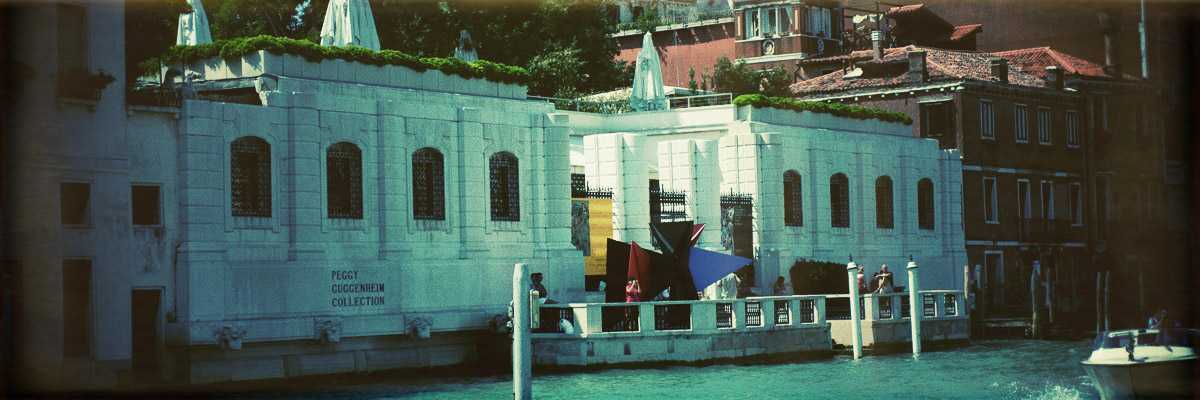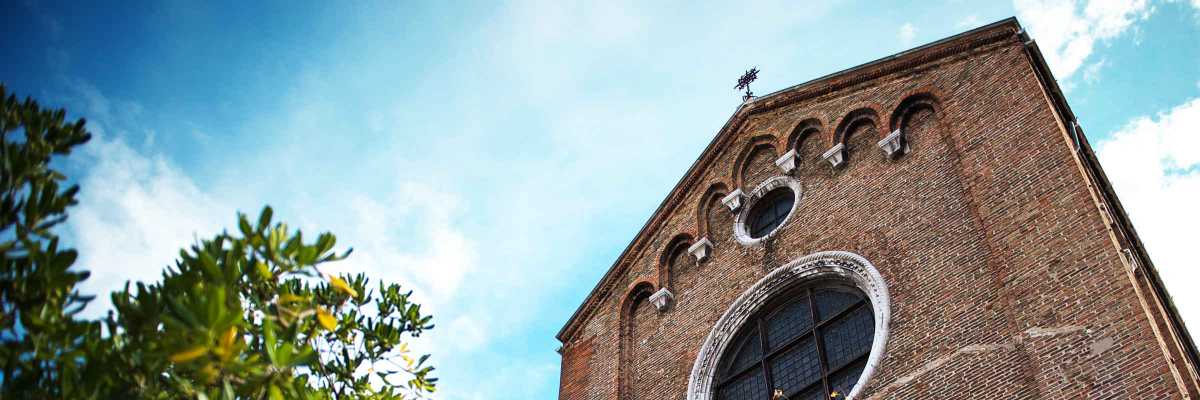Popular belief believes that the church of Saints Ermagora and Fortunato, transformed into "San Marcuola" in the Venetian dialect, was built on an island called Lemeneo between the 9th and 10th centuries by some refugees who fled from the mainland into the lagoon to save themselves from the Lombard invasion.
The church was razed to the ground by a strong earthquake and subsequent fire and rebuilt by the economic intervention of the Memmo and Lupanizza families.
The news about the church is unknown and complicated but it is believed that it was entrusted to some nu
Already subscribed? Login →
Continue reading:
7,99€ per month, or 59€ per year
Invest in culture, in beauty, in a better future.
You can unsubscribe whenever you want.
or




